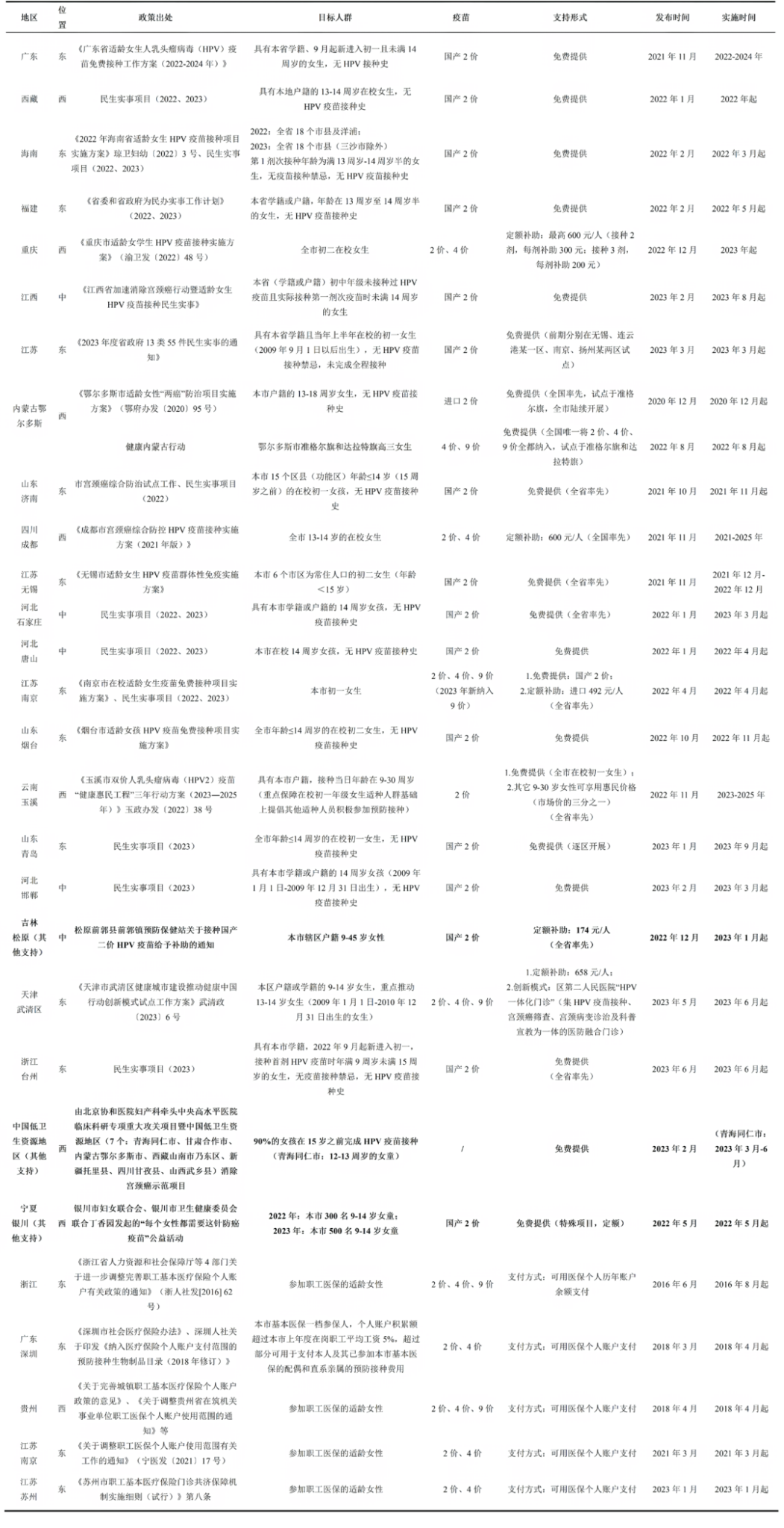Journal Content Recommendation
01
Overviewing the Safety and Immunogenicity of the Co-administration of the Recombinant Zoster Vaccine with Other Adult Vaccines
This article is published in Vaccine. Data on the co-administration of the recombinant herpes zoster vaccine (RZV) with other vaccines were collected from five randomized, open-label phase III clinical trials. The study involved the co-administration of several vaccines to healthy participants aged ≥50 years, including the quadrivalent inactivated influenza vaccine, the 23-valent pneumococcal polysaccharide conjugate vaccine, the diphtheria-tetanus-pertussis vaccine, the 13-valent pneumococcal conjugate vaccine, and the mRNA COVID-19 booster vaccine. The data demonstrated that the co-administration group and the sequential administration group had comparable vaccination response rates to the RZV, showing reports of a similar overall incidence between solicited local and systemic adverse events, unsolicited adverse events, serious adverse events, and potential immune-mediated diseases following the co-administration and sequential administration. As such, the study found no discernible changes to the reactogenicity, immunogenicity, or safety of either the co-administered vaccine or the RZV when given with normal vaccines, drawing the conclusion that “RZV immunogenicity is unaffected by co-administration”.
https://doi.org/10.1016/j.vaccine.2024.02.035
02
National immunization technical advisory groups (NITAGs) in the WHO Eastern Mediterranean Region (EMR): A decade of shaping immunization policies, 2010-2021
The study, published in Vaccine, describes the trends in establishments and functionality of NITAGs in Eastern Mediterranean Regions from 2010 to 2021, as well as the implementation of immunization policies in countries that are part of the World Health Organization’s Eastern Mediterranean Region. NITAGs had been established in all 22 monitored countries by 2013, however, by 2021, only 20 remained active. The number of countries meeting the six NITAG process indicators increased from 7 in 2010 to 14 in 2019, then decreased to 12 by 2021. In the same year, the percentage of countries with well-functioning NITAGs decreased with income level, “from 83% in high-income countries to 55% in middle-income countries, and 20% in low-income countries.” All 22 countries (regardless of income groups) introduced 103 new vaccines, implemented 31 vaccine switches, and altered immunization in 28 different ways between 2010 and 2021. According to the study, governments should continue to invest in NITAGs, which includes strengthening process management and ensuring that NITAG recommendations are supported by evidence and aligned with the decision-making framework.
https://doi.org/10.1016/j.vaccine.2023.12.049
03
Disappearing Negative Valence: A Content Analysis of HPV Vaccine Newspaper Coverage in China (2000–2018)
This study was published by Health Communications. Following China’s 2016 approval of the human papillomavirus (HPV) vaccine, associated news stories increased rapidly, analyzing the content of 491 newspaper reports on HPV vaccinations in China between June 2000 and December 2018. The findings indicate that despite the lack of thorough and accurate coverage of HPV and its vaccine by Chinese media, the demand and market evaluation of the HPV vaccine were favourable. In addition, fewer negative reports were received after the vaccine was approved.
https://doi.org/10.1080/10410236.2024.2323840
04
Seroepidemiological Analysis and Preliminary Evaluation of the Effectiveness of the Children’s Hepatitis B Vaccine Immunization Programme in Henan Province Among Adolescents Aged 0-14
This study was published by the Chinese Journal of Preventive Medicine. In order to assess the efficacy of the childhood hepatitis B vaccine immunization programme, the 2021 HBV serological survey examined the seroepidemiological characteristics of hepatitis B virus (HepB) infection among children and adolescents, aged 0-14 years in Henan Province. A total of 4,883 study participants, aged 0-14, were selected from 25 villages or communities of 18 provincial-level cities in Henan Province for the study using a multi-stage random cluster sampling method. According to the findings, the HBsAg positive rate among children and adolescents in Henan Province aged 0-14 years was just 0.15%, a significant decrease from the 3.39% HBsAg positive rate in 2002. As the hepatitis B vaccination rate increased to more than 95%, the HBsAg-positive rate among adolescents in Henan Province dropped significantly — since 1992, resulting in a 700,000 reduction in the total number of f HBsAg-positive cases. This study contributes to global elimination goals, by highlighting the importance of high hepatitis B vaccination rates in reducing HBV prevalence.
https://rs.yiigle.com/cmaid/1492335
05
Maternal Perceptions of the Tdap Vaccination and the Dissonance Between Vaccine Status and Perception
This study was published in the American Journal of Obstetrics & Gynecology (AJOG). The research team collected feedback from 161 pregnant women in the United States from February to November 2022 through an online questionnaire exploring their opinions (such as benefits, safety, and efficacy) of the Tdap vaccine by vaccination status, while determining the presence of dissonance between maternal perceptions and vaccination status. According to the findings, 72% of pregnant women have been vaccinated or intend to be vaccinated, whereas 27.9% do not intend to be vaccinated or have not decided to be vaccinated. Among those with positive views, 8.3% do not plan to get vaccinated or are undecided. Among those with negative views, 41.9% had received a vaccination or intended to receive one. The study believes that further research is necessary to understand how individuals overcome their disapproval of the DPT vaccine and get vaccinated.
https://doi.org/10.1016/j.ajog.2023.09.065
06
Positioning implementation science in national immunization programmes to improve coverage equity and advance progress toward Immunization Agenda 2030: An urgent global health imperative
This article was published by Human Vaccines & Immunotherapeutics. The field of implementation science has emerged as an area to help address the “know-do” gap in health systems, playing a critical role in strengthening, understanding, and addressing implementation barriers to immunization programmes, making them “the backbone of communicable diseases prevention and control in human population”. This article reflects on the contribution of implementation research to improve vaccine coverage equity, while also highlighting the critical component of synergy between implementation research and vaccination, offering transformative practices that can be applied in specific contexts.
https://doi.org/10.1080/21645515.2024.2331872
07
Exploring the future adult vaccine landscape—crowded schedules and new dynamics
This review article was published in npj Vaccines. With the aging of the population and the emergence of new vaccine technologies, the adult vaccine industry has great prospects. In the next decade, the field of adult vaccinations may introduce over a hundred new products, with the application of RNA technology being a major driver of this innovation in vaccine development. At the same time, challenges cannot be neglected, including low uptake, funding shortfalls, and operational hurdles linked to delivery and administration. This article aims to provide that fresh perspective, offering a detailed analysis of the anticipated number of adult vaccine approvals by category and exploring how our understanding of barriers to adult vaccine uptake might evolve. Although China’s adult vaccine industry is still in its early stages, it can learn from the United States’ experience and adjust its plans accordingly.
https://doi.org/10.1038/s41541-024-00809-z
08
The role of global health partnerships in vaccine equity: A scoping review
PLOS Global Public Health published an evaluation of previous global health partnerships (GHPs) concerning “slow progress in access to essential medicines, including vaccines” towards the end of the twentieth century. The results show that in order for global health partnerships to make the greatest contribution, they should: (1) increase transparency, particularly in terms of impact; (2) address the need for health systems to be strengthened; and (3) remove the disincentives to cooperative partnerships for vaccine research and development partnerships to encourage the expansion of production capacity in low-middle-income nations. The results advance knowledge of global vaccination choices, the underlying mechanisms, and the difficulties associated with their implementation
https://doi.org/10.1371/journal.pgph.0002834
Policies and Consensus
09
Expert Consensus on Immunoprophylaxis of Rotavirus Gastroenteritis in Children (2024 version) – Updated and Released
This consensus is based on the Expert Consensus on Immunoprophylaxis of Childhood Rotavirus Gastroenteritis (2020 version) and the Rotavirus Vaccines: WHO Position Paper-July 2021, which provides a systematic review of the epidemiology of rotavirus gastroenteritis (RVGE) epidemiology, the safety, effectiveness/efficacy, and and immune persistence of post-marketing rotavirus (RV) vaccines; and RV vaccine immunization strategies. The consensus also provides guidance for RVGE diagnosis and treatment in accordance with the domestic and foreign research progress. This consensus aims to promote the implementation of comprehensive RVGE prevention and control measures that center on vaccination “following the principles of prioritizing prevention and integrating medical and preventive approaches”, providing references to professionals involved in disease control and prevention, vaccination, clinical diagnosis, treatment, and related fields.
https://doi.org/10.3760/cma.j.cn112150-20231220-00472
10
Jiangxi Province continues to offer free HPV vaccination to school-age girls
As one of the Jiangxi Provincial Livelihood Programmes, Jiangxi Province will continue to offer free HPV vaccinations to school-age girls through 2024. It is expected that 202,000 school-age girls in the province will benefit from this programme. To better serve HPV vaccinations, the number of accredited vaccination facilities this year has expanded from 331 to 407. School girls under 14 years, at the sixth grade, who are enrolled in school or have a household registration, and have not received an HPV vaccination are eligible for the free bivalent HPV vaccination (Domestic-manufactured). The first dose of the HPV vaccine are planned to be administered by May 2024. Six months later, the eligible girls will receive the second dose.
jxnews
https://jndsb.jxnews.com.cn/system/2024/04/02/020451527.shtml
Content Editor: Linjing (Grace) Zhang
Page Editor: Ziqi Liu





